What is a watershed?
How can we use the movement of water through the landscape to inform our understanding of water quality?
What's new // Backgrounders
Materials to provide context, establish facts, and aid understanding.
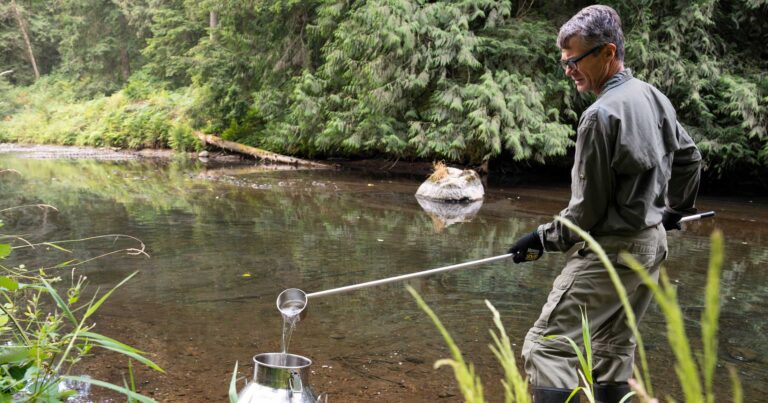
How can we use the movement of water through the landscape to inform our understanding of water quality?

In a time when catastrophic conflagrations are becoming a new normal, an unlikely character is being welcomed back onto the landscape after generations of trapping and removal.

Measuring pollutants in different water categories throughout the watersheds of British Columbia.

It is important to remember that our water, and the incredible fish that return to our watersheds, are one of our greatest natural resources and are an integral part of strong and resilient local economies.

We have ethical responsibilities to targeted species and to biodiversity, and we need to consider the well-being of both.
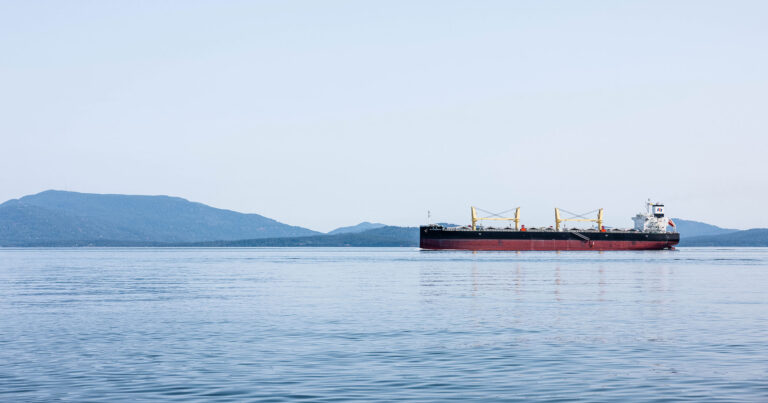
Southern Resident killer whales need protective orders to facilitate recovery.

Last week, Ocean Wise made the decision to remove its recommendation to list salmon from southeast Alaska as sustainable. This removal will be in place until the sustainability of these fisheries is no longer in question.

Eight policy solutions to benefit wild salmon in an age of water scarcity.
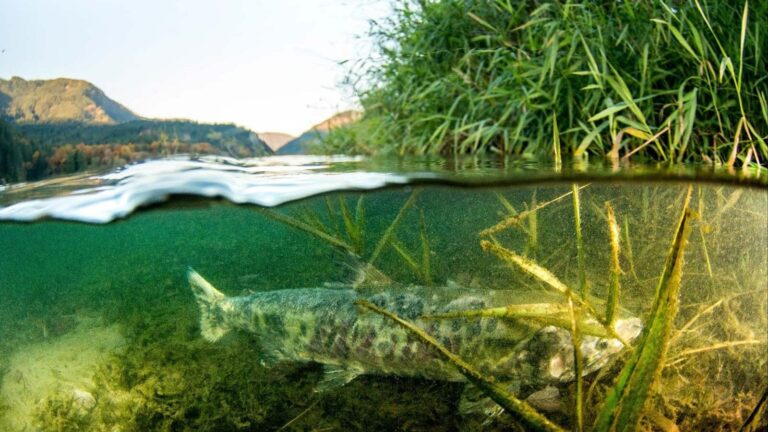
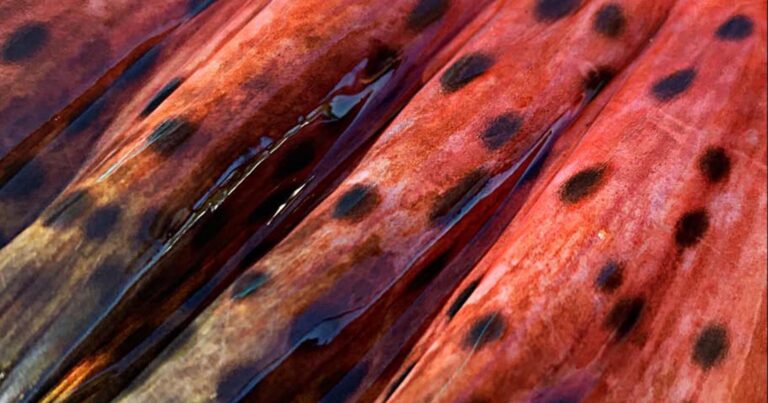
In 2020, the non-profit Wild Fish Conservancy (WFC) filed a lawsuit in the U.S. District Court that challenged the 2019 Biological Opinion developed by the NOAA fisheries.
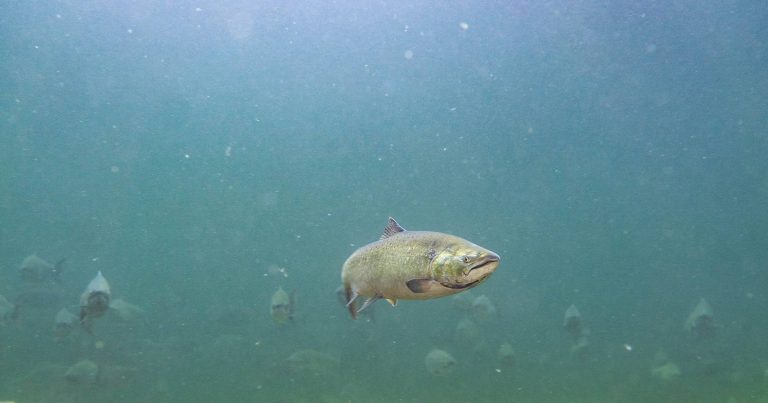
Fisheries and Oceans Canada has proposed opening five new Chinook fisheries in April 2023.
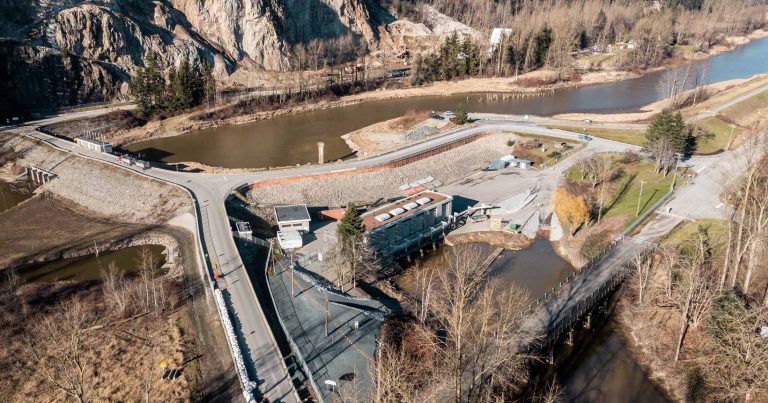
The catastrophic floods of late 2021 in southern British Columbia (Canada) and neighbouring Washington State (USA) destroyed homes, farms, and businesses, with excess water spilling debris, animal carcasses, and diesel fuel into historically productive fish habitat.